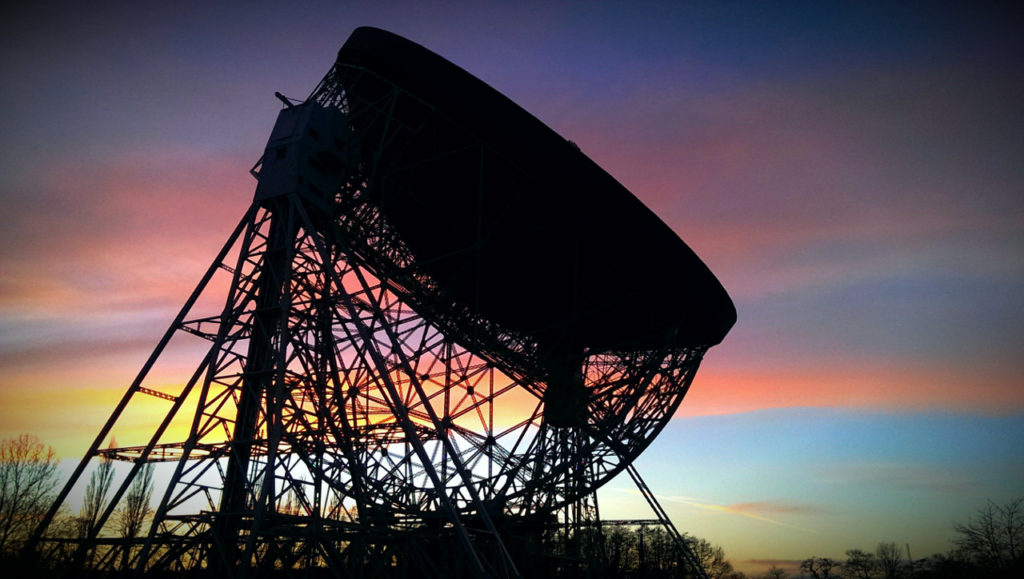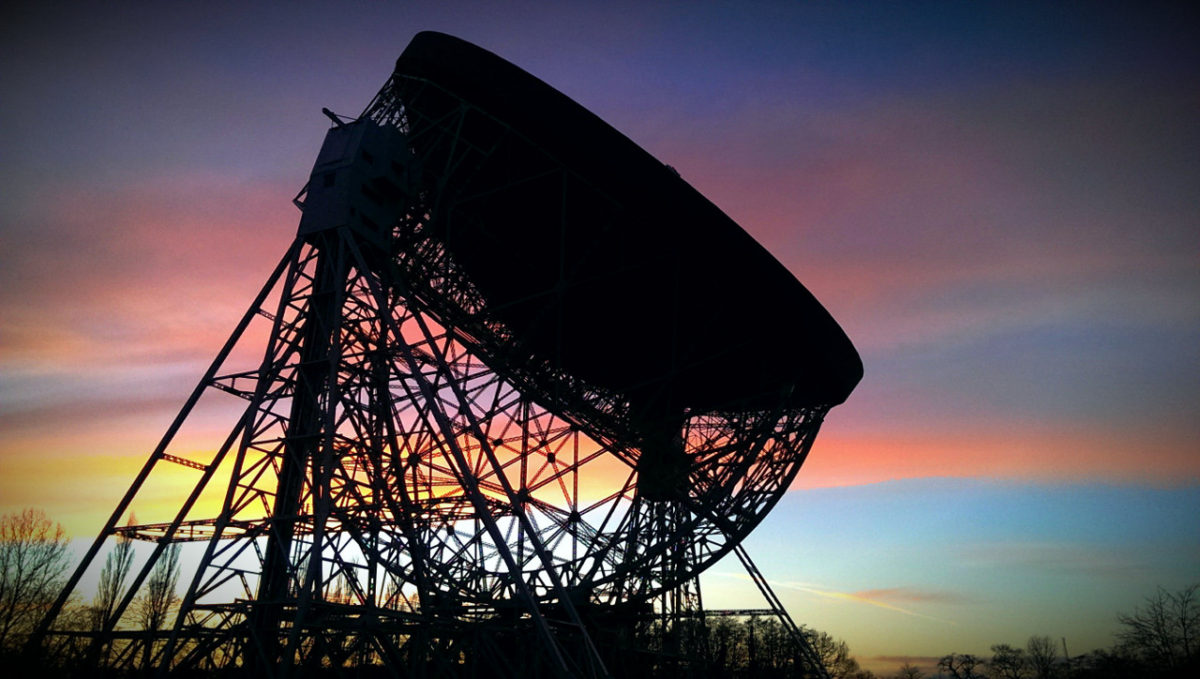The winter solstice marks the shortest day. We might expect this to be the day when the Sun rises at its latest time and sets at its earliest time. But that’s not the case.

The earliest sunset here in Manchester (UK) is today, December 13, whilst the latest sunrise is not till December 29. The day with the fewest daylight hours is the winter solstice, December 21.
The day begins with sunrise in the east. As the Earth turns, the Sun moves from east to west across the sky. It reaches its highest point in the sky at solar noon when it is due south, before it sets in the west.
If solar noon were at midday, 12:00 by your watch, then the times of sunrise and sunset would be equally spaced on either side, for example at 8am and 4pm. If this were always the case, then as the daylight hours reduced, sunrise would happen at later times and sunset at earlier times. The winter solstice would then coincide with the day which has the latest sunrise and the earliest sunset. But solar noon does not always occur at midday.
Today (Dec 13), solar noon in Manchester was at 12:031, sunrise was at 08:17 and sunset 15:49. So because the midpoint, solar noon, is offset from midday by your watch, then the sunrise and sunset are also offset – sunrise happening about 3h43m before midday and sunset about 3h49m afterwards. Shift solar noon back 3 minutes so it agrees with midday on your watch and everything would be symmetrical about midday, sunrise happening 3h46m before midday and sunset 3h46m after.
So solar noon can be offset from 12 noon measured by our watches. But the size of this offset also changes during the course of the year. For example, in Manchester at the beginning of December, solar noon was at 11:58 and at the end it will be at 12:12. The way in which this offset changes through the year is called the Equation of Time.
As we approach the winter solstice, the daylight hours reduce as the times of sunrise and sunset approach each other. But at the same time the midpoint, solar noon, is moving later in the day. The net effect is that, initially, the shortening length of daylight moves the sunset to earlier times. But from Dec 13, the shift of solar noon to later times becomes a larger effect and the sunset starts to shift to later times.
Meanwhile, the combined effect of shortening daylight hours and shift in the time of solar noon, means sunrise occurs at later and later times. This effect continues beyond the solstice, until the effect of the lengthening daylight hours dominates over the later time of solar noon from about Dec 29 and the sunrise starts to happen at earlier times.
But why is solar noon not at midday by your watch, and why does it change through the year?
When asked how long does it take for the Earth to spin once on its axis, many people would say 24 hours. A better answer is 23 hours, 56 minutes and about 4 seconds.
The difference arises because historically we used the Sun to measure time. On average, a solar day lasts 24 hours (the length of time between when the Sun reaches its highest point on one day to the next). But the Earth is not just spinning on its axis, it is also orbiting the Sun.
Over the course of a day the Earth moves around the Sun a little bit (in the same direction as it is spinning). This means that it takes a little bit longer (almost 4 minutes) before the Sun reaches the same point in the sky from one day to the next compared to a distant star.
If instead of measuring time relative to the Sun, we used the distant stars, then the effects of our orbit around the Sun are removed. A sidereal day is the time between a distant star being due south on consecutive days. This is about 23h56m4s – the true rotation period of the Earth.
When we measure the times of solar noon, we must take account of the way in which the Earth spins and the way in which it moves around the Sun. There are two key issues: the Earth’s orbit is elliptical, not circular; and its spin axis is tipped at an angle to the plane of its orbit.
In its elliptical orbit, the Earth comes closest to the Sun in early January. This is known as perihelion. It is at its farthest point from the Sun, aphelion, in early July.
Near perihelion, the Earth is moving faster in its orbit. So from one day to the next, the Earth moves farther along its orbit and the solar day is about 8 seconds longer than the average of 24 hours. At aphelion it moves more slowly and the solar day is 8 seconds shorter than average.
The other effect results from the spin axis not being perpendicular to the plane of the Earth’s orbit, but tilted over by 23.5 degrees. This is of course what results in the seasons. At the December solstice the North Pole is tilted directly away from the Sun. In the northern hemisphere, the Sun is lower in the sky and the days are shorter so less solar energy is intercepted.
But the tilt of the Earth’s axis also affects the length of the day. Near the solstices (in December and June), the motion of the Earth around the Sun is parallel to the east-west direction in which the Sun moves across the sky and by which we measure the length of a day. This means a solar day is about 20 seconds longer than average near the solstices. But near the equinoxes (in March and September) the orbital motion is at an angle to the E-W line. Hence it is a smaller effect on the length of the solar day which by consequence is about 20 seconds shorter than average.
These two effects (from the eccentricity of the Earth’s orbit and the tilt of its spin axis) add together. The variations in the length of the solar day also accumulate from one day to the next. The net result is that the time of apparent solar noon varies by up to about 15 minutes either side of noon as measured by your watch. This variation is known as the Equation of Time – the difference between apparent solar time (measured by the motion of the real Sun) and mean solar time (measured by the movement of a fictitious mean, or average, Sun which is not subject to the variations of the ellipticity of the Earth’s orbit or its axial tilt).
Footnote 1. One other issue to remember is your timezone. Manchester is in the timezone defined by Greenwich in London. But because Manchester is west of Greenwich, as the Sun moves across the sky it reaches its highest point due south a little later than it does in Greenwich. Today, for example on Dec 13, solar noon in Greenwich is at 11:54, whereas in Manchester it is at 12:03.


One response to “Why isn’t the earliest sunset on the shortest day?”
Easily the best summary of the subject I’ve ever seen – thank you, Prof.
Goes straight onto my browser’s Favourites list.